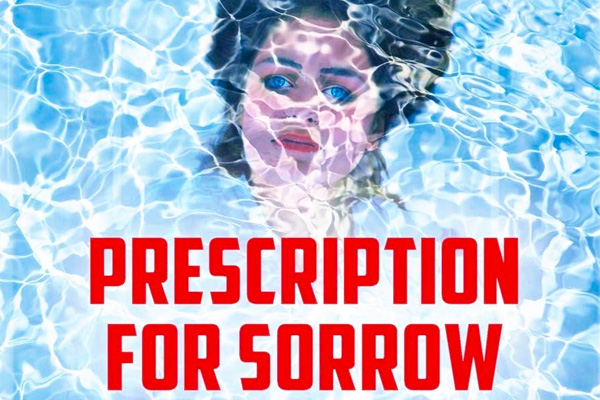BOOK REVIEW –
Feb. 23, 2021 – Hahn starts at the beginning. Emil Fischer of the University of Strasbourg synthesized iproniazid in 1875, which was used later by the Nazis for V-2 rocket fuel during World War II. There was a lot of it left over after the war so the search was on to find a use. It was discovered to be effective against the tuberculosis bacillus, but found unsuitable because fifty to seventy percent of patients suffered serious side effects. This later proved no impediment to its use as an antidepressant, though (the sarcasm is mine). He goes through the follow-on MAO inhibitors and the tricyclics, neither of which gained a lot of traction because their dangerousness was recognized. Next up: “The Prozac Era,” with Eli Lilly’s successful marketing blitz making Prozac (chemical name fluoxetine) not only a household name, but “a cultural icon as no other drug before or since.” Books and magazine articles extolled Prozac as having almost magical qualities. There was even a musical and video game using its name. Prozac and other “me too” drugs are classified as Selective Serotonin Reuptake Inhibitors (SSRIs).
Prozac was approved by the Food and Drug Administration (FDA) in 1987, and by 1990 there were already a large number of reports of suicides by people taking Prozac. Hahn relays people’s descriptions of their suicidal thinking and actions while on these drugs. The FDA convened a panel of “experts” to consider the evidence, 5 of 9 of whom received waivers because they would normally have been disqualified due to their ties to drug companies. Despite compelling evidence that Prozac caused suicides, the panel and then the FDA did not issue a warning. Instead it ordered Eli Lilly to conduct a study to definitively determine whether it caused suicidality, which Lilly failed to do. Later analysis by Dr. David Healy found that antidepressants doubled the rate of suicidal actions and increased suicides by seven times.
Hahn next addresses the question of whether these drugs “work,” and concludes, as others have, that they don’t. For example, Hahn reports on a 2017 study:
The study authors found that, nine years into the study, patients who were treated with medication fared worse than undrugged patients, and that this difference remained even after controlling for initial severity of depression, along with all the other potential confounders they could think of.



